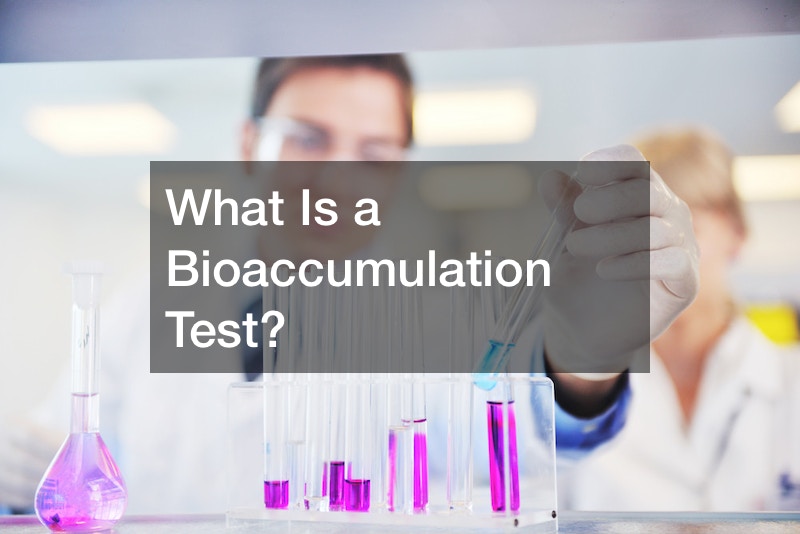

Bioaccumulation refers to the rise in pollutant concentrations in aquatic species after uptake from the surrounding environment. Several exposure sources influence the bioaccumulation of contaminants. A bioaccumulation test is essential for comprehending the environmental concerns that substances represent. Most ecotoxicological tests now in use solely take bioconcentration into account.
As test organisms, algae, mussels, and fish species, such as catfish, zebrafish, carp, guppy, rainbow trout, and bluegill are used. After equilibrium is established, bioconcentration factors are calculated. Bioconcentration factors can be estimated as the ratio between absorption and elimination rates if it’s not possible in an acceptable amount of time. A test using static aquatic organisms involves no flow of the test solution, which never changes.
A measurement of bioconcentration is the drop in chemical concentration in the solution. Fish are also examined when the test is complete. In a flow-through test, the test substance is conveyed with the water used to replenish the test medium throughout the test chambers. Enclosures with specific additional chemical levels may be utilized in field studies to calculate bioconcentration factors. Chemical mean concentrations in samples of free-living organisms are divided by the chemical mean concentration in water.






